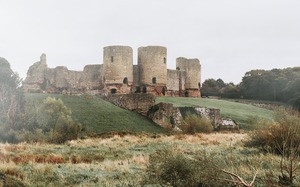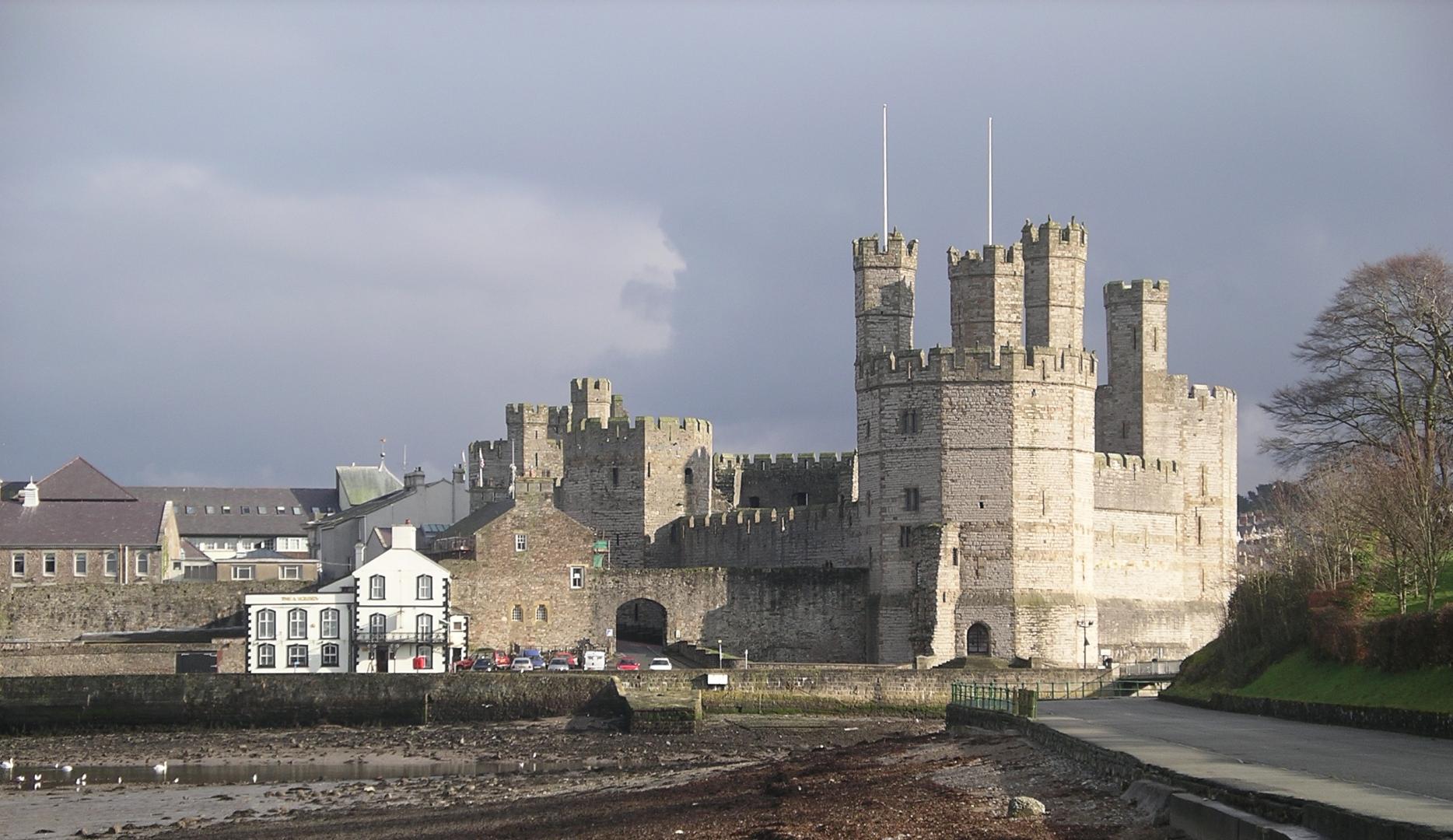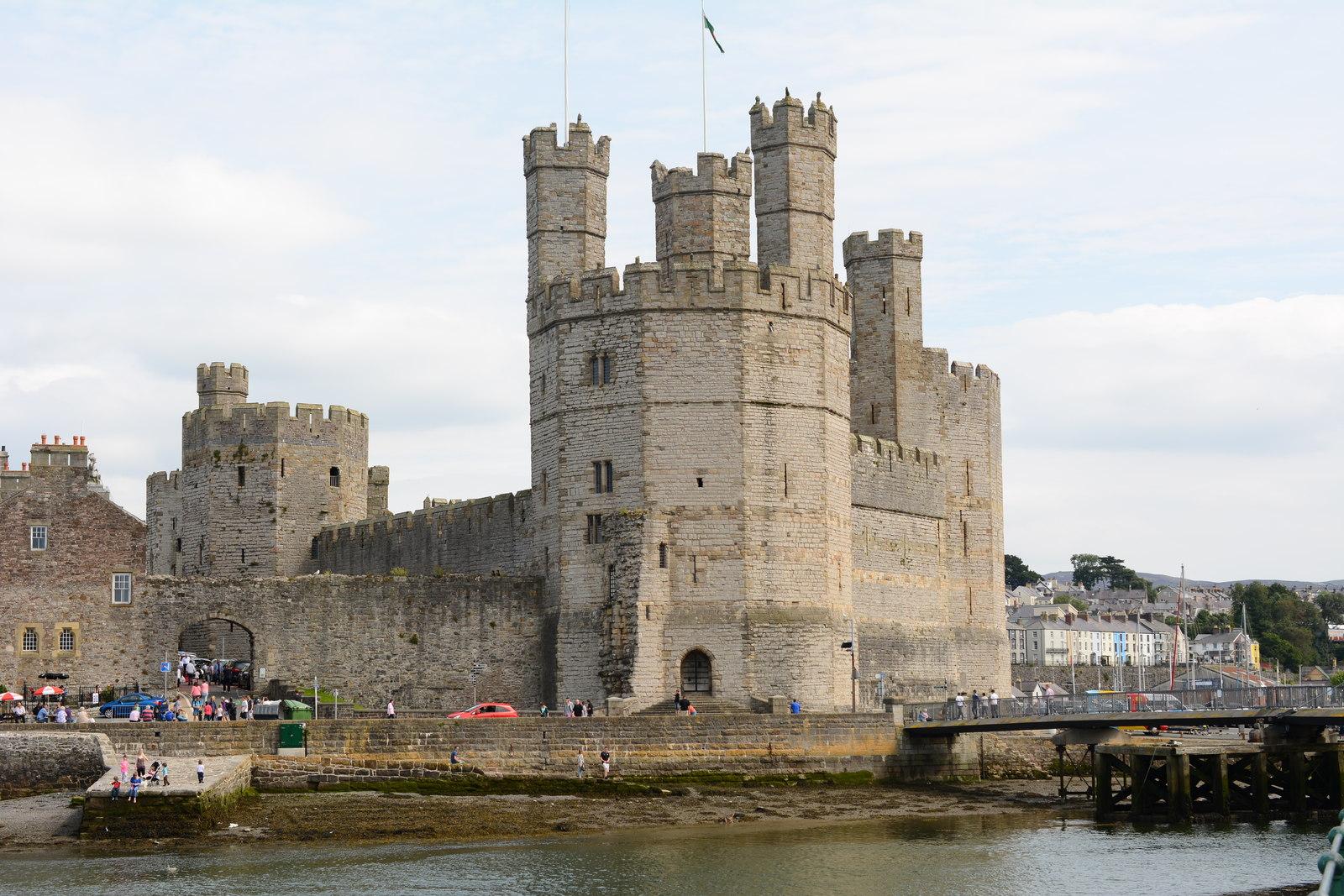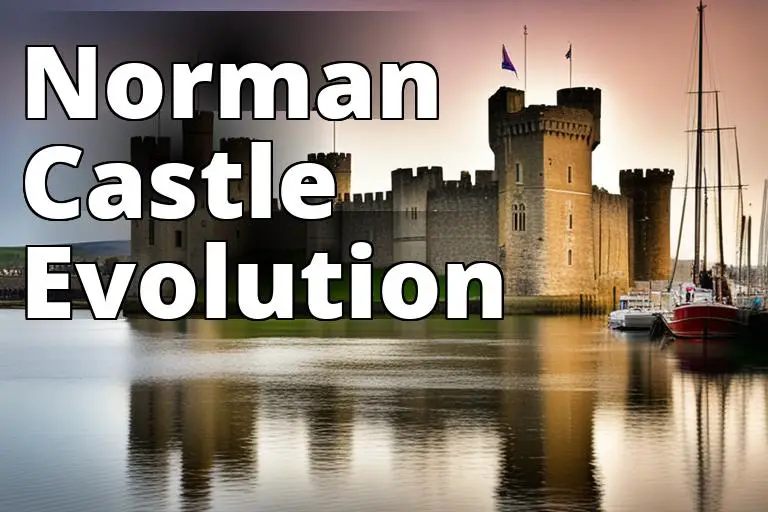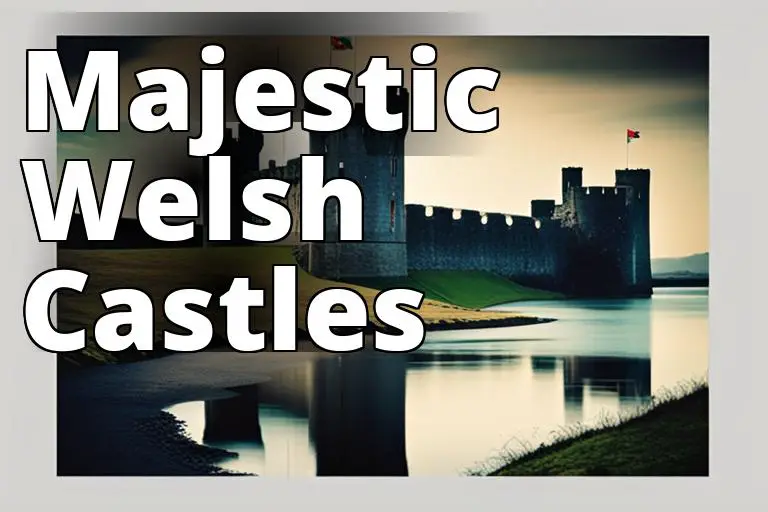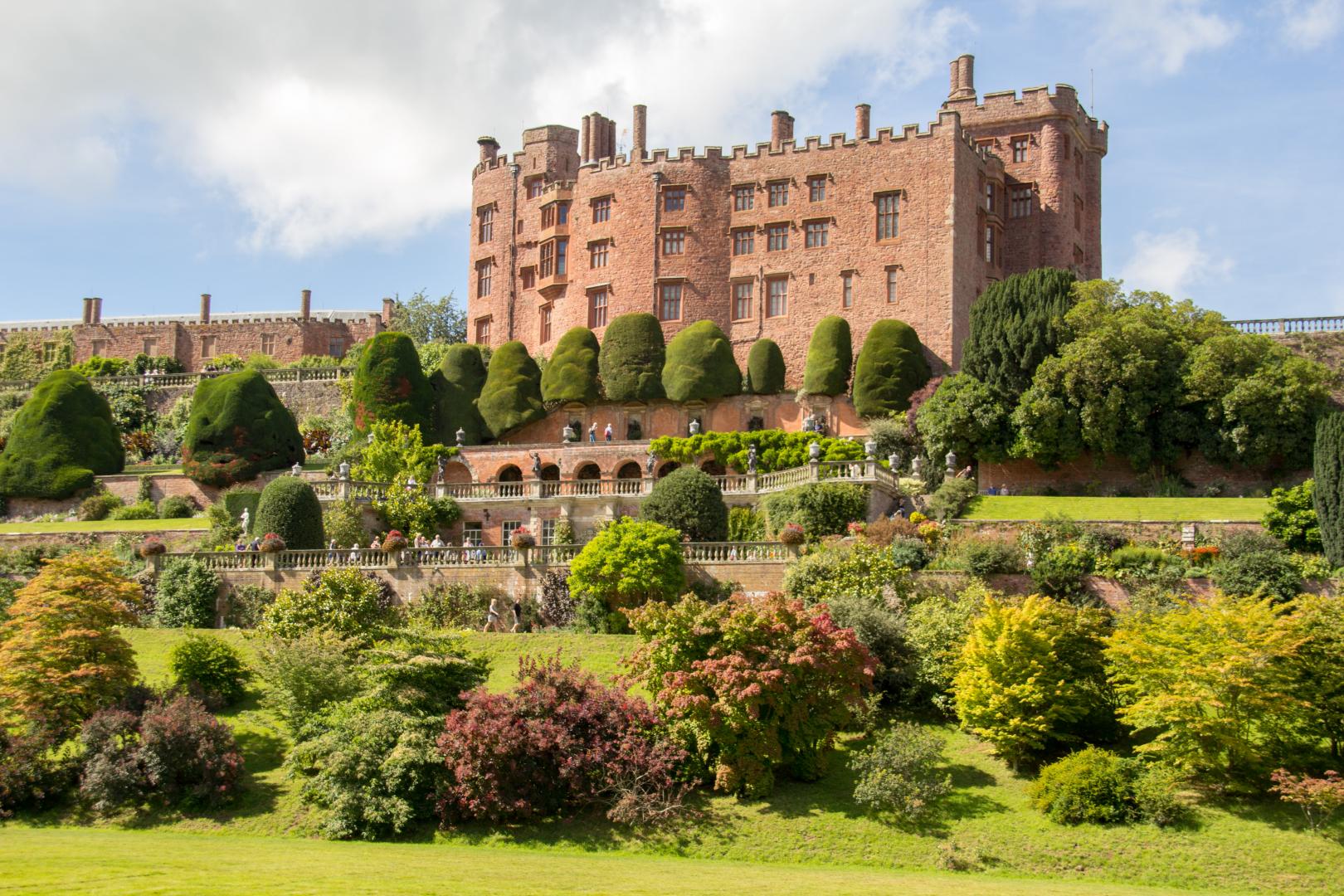
The dragon banner is one of the most recognisable symbols of Wales. Traced back to ancient Briton and Arthurian legend, it has been used for over 1500 years as an emblem of Welsh nationalism and independence. The fearsome standard featuring a snarling crimson beast unfurled on a green and white background has flown during pivotal battles and Welsh Dragon Warfare moments throughout the country’s war-torn history. This article will explore when and how this iconic flag has appeared during the struggles between Wales and the encroaching English powers over the centuries.
Early Battles and Conflicts

Myths and Omens
According to Welsh legend, the red dragon originated as a prophecy made by the wizard Merlin during the wars between the native Britons and the invading Saxon forces. Merlin envisioned a great red dragon of Wales defeating the white dragon of the Saxons, omening the eventual victory of the Britons over the Germanic tribes who had been steadily encroaching westward. The Celtic warlords indeed raised dragon banners while resisting Saxon incursion and settlement from the 6th to 8th centuries AD.
During these tumultuous centuries, many smaller hillforts and settlements would have erected more modest timber defences rather than imposing stone castles. Yet ruins like the Lesser-Known Castles of Llanmelin Hillfort in Monmouthshire or Banwell Castle in Somerset may have flown similar dragon standards against Saxon assaults. Archaeological evidence reveals continued occupation and fortification of such sites well into the late Saxon period.
The Norman Conquest
When William the Conqueror launched his 1066 invasion of Britain, the red dragon banner was also reportedly flown by Welsh soldiers supporting Anglo Saxon armies against the Norman threat. In the momentous Battle of Hastings for example, mixed forces of Saxons and Welsh raised King Harold’s dragon standard in a desperate attempt to resist William’s formidable cavalry.
In the subsequent decades, Norman rulers sought to solidify their grip by building castles on the Welsh frontier and along the Marches to suppress continued Welsh resistance. Imposing fortresses like Chepstow and Pembroke on the South Welsh coastline helped project Norman power. Yet many Lesser-Known Castles deeper inland like Crickhowell and Skenfrith Castle changed hands repeatedly between Norman lords and Welsh princes through the late 11th and 12th centuries AD. Along this tense borderland, Wales’s red dragon banner likely flew from castle battlements and hill forts as natives continued to resist Norman encroachment.
Edward I’s Conquest of Wales
Imposing Control
By 1277, Edward I was determined to shatter Welsh resistance and bring the unruly country under English control. He first embarked on a massive castle building campaign, constructing imposing fortresses at Aberystwyth, Flint, Rhuddlan and Builth Wells. This expansive “Iron Ring” helped hem in rebellious regions and bolster supply lines. Yet many existing Welsh castles like Dolbadarn and Dolwyddelan in North Wales also became key strategic sites during Edward’s wars against the Welsh Dragon banners.

Dolbadarn for example occupied a crucial route through Snowdonia into the Welsh interior. Whoever controlled this Lesser-Known Castle could choke off rebel incursions or launch devastating raids into English lands. Ruins like Dolbadarn may lack the grandeur of Edward’s Iron Ring but played no less pivotal roles during this volatile period of Welsh Dragon Warfare.
Symbols Suppressed
After over 40 years of grueling warfare, Edward’s forces finally captured the last rebel Welsh strongholds in 1283. With resistance crushed, public displays of Welsh culture including songs, dress and symbols were banned by punitive English statues. This even extended to the flying of Wales’s traditional red dragon banner.
For locals living near Lesser Known border castles, the new prohibitions on Welsh identity must have been keenly felt. Ruins like Clifford’s Tower above the Wye Valley had long marked a fluid frontier where Welsh lords and English barons’ ruled on either river bank. Now under Edward’s subjugation after the latest era of Welsh Dragon Warfare, villages and fortifications near these once-contested sites would have seen their dragon banners ceremoniously lowered and replaced by England’s arms.
The Glyndŵr Rising

Rebellion Ignites
In 1400, the Welsh lord Owain Glyndŵr led a fiery rebellion against England’s King Henry IV. Seeking to reestablish an independent Welsh state after centuries of oppression, Glyndŵr quickly seized territory along the England-Wales border. Many fortifications like Conwy Castle immediately fell under his control. However, more remote Lesser Known Castles also became Glyndŵr strongholds and sites of conflict in this new outburst of Welsh Dragon Warfare.
Ruins like Dolforwyn Castle for example changed hands multiple times as Lancastrian forces sought to dislodge the rebels. Its location safeguarded Glyndŵr supply lines while also serving as an isolated headquarters. Deep inland, even crude hillfort redoubts like Dinas Brân were hastily fortified by Welsh peasants to aid the rebellion under Glyndwr’s fiery dragon banner.
Short-Lived Glory
In 1404 Glyndŵr assembled a parliament at Machynlleth to formally declare Welsh independence under his leadership. He raised the golden red dragon on a pure white background as his royal standard – now honored as the national flag of Wales. For over a decade his armies would advance this ancient banner against English troops across the country. The angle towers of Harlech Castle for example flew Glyndŵr’s dragon banner throughout a long siege, only falling when starvation weakened the defenders. Though Glyndŵr would fade from history after his uprising collapsed, the dragon standard re-emerged renewed as an icon of Welsh identity and nationalism.
Through the Centuries
From Battlefield to Borderlands
Even during eras of relative peace after Glyndŵr’s failed revolt, the Welsh Dragon emerged in brief outbreaks of localized tension with England. By the early 16th century for example, Yorkist sympathizers of Richard III who fled to remote Welsh fortifications launched raids across Offa’s Dyke against Lancastrians bearing the dragon banner. Periodic clashes also sparked when authorities cracked down on Catholic recusants secretly gathered around forest chapels and castle ruins during the 1590s.
The Dragon Rises Again
By the outbreak of the English Civil War in 1642, the red dragon standard was firmly associated with Welsh supporters of Parliament against Royalist factions along the volatile border. Initially, the king’s men occupied fortresses like Raglan and miniature Picton Castle. But they were soon besieged and overwhelmed by Roundhead forces flying the fiery dragon ensign in battles that helped turn the tide against the Crown. Though devastated, castles like Carew still flew tattered dragon flags from their wrecked bulwarks – proud symbols of Wales’ contribution to Parliamentary victory.
Enduring Links
As this history has explored, the Welsh Dragon banner has appeared during pivotal battles and Welsh Dragon Warfare conflicts for over 1500 years as a patriotic symbol of identity. Though often suppressed by invading powers, it emerges again and again as an emblem of Welsh solidarity against external domination – raised over both mighty citadels and forgotten ruins scattered across the landscape.
Discovering Hidden Histories
While names like Caernarfon and Chepstow rightly draw tourists, many more obscure sites also hold intriguing tales interwoven with the dragon flag. By venturing off the beaten track to explore Lesser Known Castles marked on OS maps, fascinating hidden histories can be uncovered – hillforts occupied in desperate campaigns, churches concealing glyndŵr’s fugitives from Lancaster’s men; lonely mountain tower wakes still guarding the marches after eight centuries have flowed past their weathered stones.
Seeking out these secluded monuments offers rewarding adventures, invoking an aura of magic and legend upon travellers who have stumbled across a territory once bloodied by Welsh Dragon Warfare. Though the great battles of Bosworth and Agincourt may claim more fame, Wales’s unsung historical gems scattered amidst its surpassing beauty await their turn to ignite our imagination – and unlock venerable mysteries of struggle, freedom and identity.
Related Articles
Legends and Myths Surrounding the Welsh Dragon
This article looks into the myths, prophecies, stories and more behind the enduring legend of the Welsh Dragon.
Keep readingThe Welsh Dragon: A Fascinating Journey Through National Symbols and Mythical Legends
The Welsh Dragon has some unique attributes as a national symbol, but also shares common traits with other national symbols and mythical dragons.
Keep readingThe Statute of Rhuddlan: The Legal Union of Wales and England
The Statute of Rhuddlan, implemented in 1284, was a pivotal development that paved the way for the legal assimilation of Wales into the Kingdom of England following King Edward I’s conquest.
Keep reading



